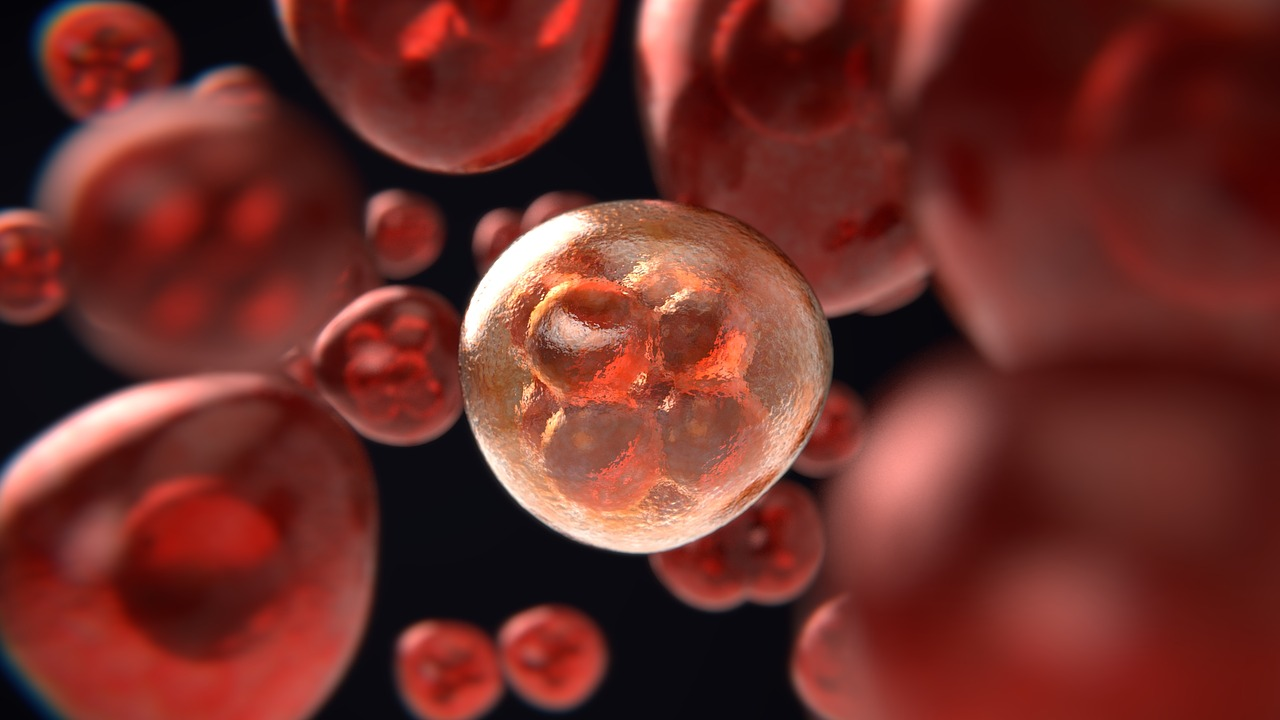


What is Meiosis?
Meiosis is a specialized form of cell division that occurs in sexually reproducing organisms. It involves the production of gametes (eggs and sperm) and results in the formation of haploid cells containing half the number of chromosomes as the parent cell.
Example: "Meiosis is the key process behind the formation of gametes, which are essential for sexual reproduction and contribute to genetic diversity."
Overview of Meiosis
Meiosis consists of two main divisions: meiosis I and meiosis II. Each division comprises several distinct stages that play crucial roles in the reduction of chromosome number and genetic recombination. Play crucial roles in the reduction of chromosome number and genetic recombination.
Example: "Meiosis I involves the recombination of genetic material between homologous chromosomes, while meiosis II involves the separation of sister chromatids."
Leptotene Stage
During leptotene, chromosomes condense, becoming visible as long, thin threads. Homologous chromosomes pair up, a process called synapsis.
Example:
In humans, the diploid parent cell has 46 chromosomes, which pair up to form 23 homologous pairs.
Zygotene Stage
In zygotene, homologous chromosomes continue to align and form structures called synaptonemal complexes. This alignment promotes genetic recombination through a process known as crossing-over.
Example:
Crossing-over allows for the exchange of genetic material between non-sister chromatids, increasing genetic diversity.
Alignment of Homologous Chromosomes
During metaphase I, homologous chromosomes align along the equator of the cell, facilitated by spindle fibers. This alignment allows for independent assortment.
Example:
The alignment of chromosomes during metaphase I can lead to unique combinations of maternal and paternal chromosomes in gametes.
Separation of Homologous Chromosomes
In anaphase I, the paired homologous chromosomes separate and migrate to opposite poles of the cell, pulled by spindle fibers.
Example:
If a homologous pair fails to separate correctly, it can result in chromosomal abnormalities, such as trisomy or monosomy.

Formation of Two Haploid Cells
During telophase I, the cell divides into two haploid daughter cells. Cytokinesis, the physical separation of the cell contents, accompanies telophase I.
Example:
In humans, the two daughter cells resulting from telophase I each contain 23 chromosomes, rather than the original 46.
Chromosome Condensation and Spindle Formation
In prophase II, the chromosomes condense, and spindle fibers form to prepare for the final division.
Example:
The chromosomes in prophase II consist of two sister chromatids, connected at the centromere.
Metaphase II
During metaphase II, the chromosomes align individually along the equator of the cell.
Example:
The alignment during metaphase II allows for the separation of sister chromatids during anaphase II.
Anaphase II
In anaphase II, the sister chromatids separate and move toward opposite poles of the cell.
Example:
The separation of sister chromatids ensures that each daughter cell receives one copy of each chromosome.
Telophase II and Cytokinesis
Telophase II is followed by cytokinesis, resulting in the formation of four haploid daughter cells.
Example:
Each of the four daughter cells resulting from meiosis II contains 23 chromosomes, without pairs.
Genetic Recombination and Variation
Meiosis generates genetic variation through the processes of crossing-over and independent assortment, contributing to diversity within a population.
Example: "Crossing-over and independent assortment shuffle genetic material, resulting in unique combinations of alleles and increased genetic diversity."
Importance of Meiosis in Sexual Reproduction
Meiosis is vital for sexual reproduction, as it produces haploid gametes that fuse during fertilization, restoring the diploid chromosome number in offspring.
Example: "Meiosis allows for the shuffling and exchange of genetic information, leading to offspring with unique combinations of traits."
Meiosis involves two divisions and produces haploid cells, while mitosis involves one division and produces identical diploid cells.
Genetic diversity allows populations to adapt and survive in changing environments, enhancing their resilience to diseases and other challenges.
Crossing-over leads to the exchange of genetic material between non-sister chromatids, creating new combinations of alleles.
Errors during meiosis, such as bond



















































































































































